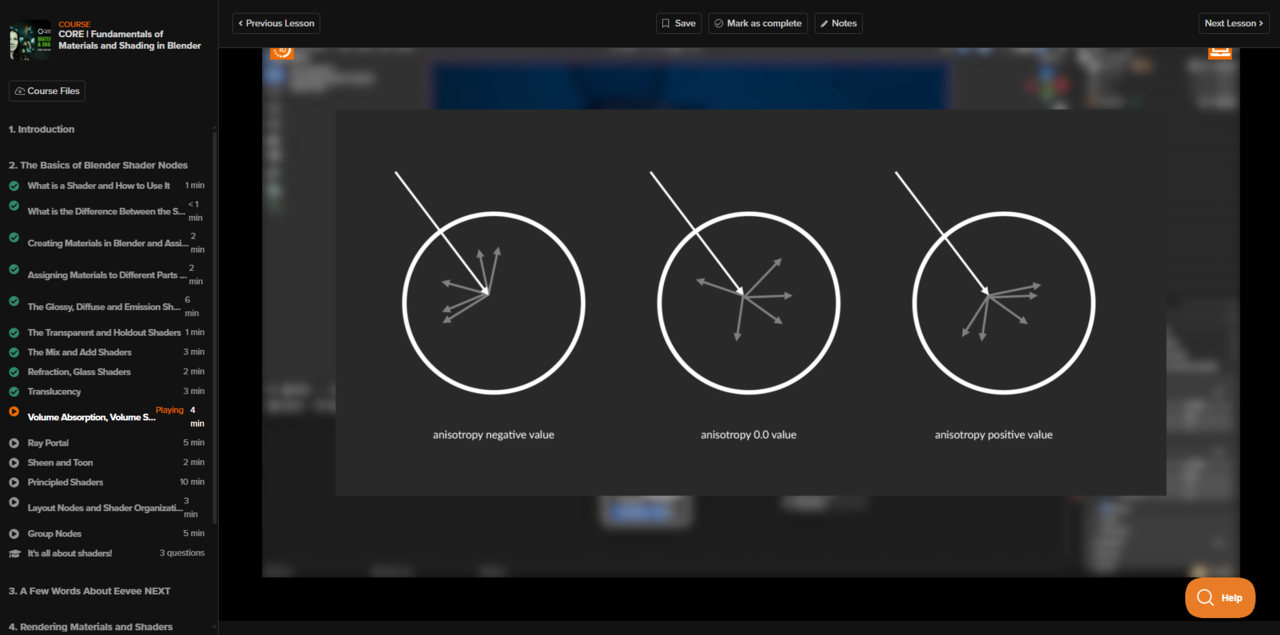I've never heard of anisotropy for smoke/air as possibly described by this CG-cookie video in the attached image. Under what circumstances would I need to consider different anisotropies for different types of air? I guess 0 to me would be fog, -1 would be...super duper thick metallic dust, enough to kill someone? 1 would be...I don't know...maybe smoke? I don't know though, I'm not a materials engineer, I don't know if +1 anisotropy explains the appearance of smoke or if that's a completely different concept of refraction in dust particles. So, when do I use the different volume scattering anisotropies?
Hi Sid,
Use what looks the best for what you are trying to achieve.... (not the kind of answer you want, I know, but to be honest, I've never touched that value).
Now, in 4.3, things get really interesting (and also a lot more complicated/closer to reality) in the Volume Scatter Shader; have a look at this page: https://docs.blender.org/manual/en/4.3/render/shader_nodes/shader/volume_scatter.html
Yes again, I agree with Martin. Nothing wrong with knowing stuff, but in the end the art direction you're going for, presentation and composition will dictate most things really. Much of the options and sliders in Blender you're not going to use and your eye and goal will determine the look you want achieve. So don't give it too much importance I guess is what I want to say, Blender is a huge technical beast, but art is all about the eye and artistic judgement.